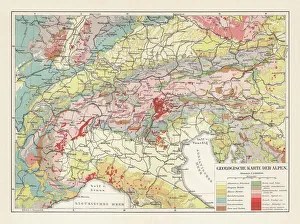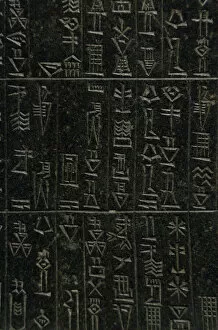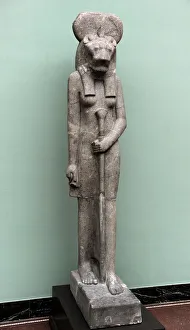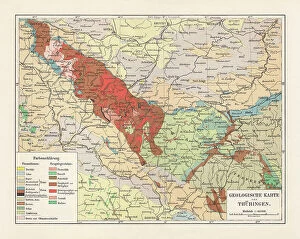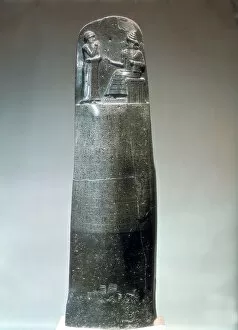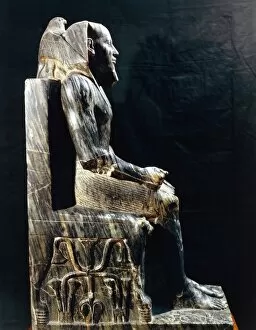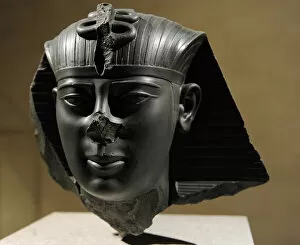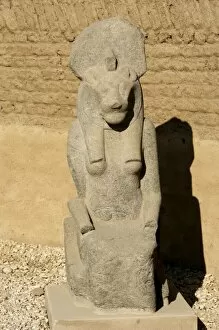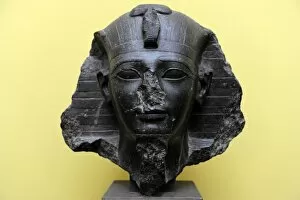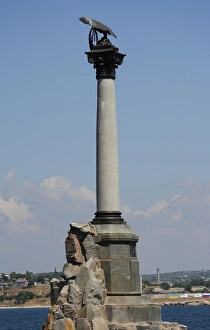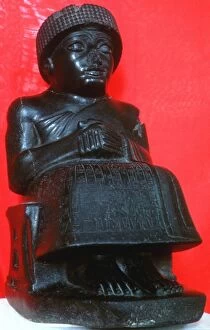Diorite Collection
"Diorite: A Geological Masterpiece Unveiled in Ancient Art" Diorite, a captivating igneous rock composed mainly of plagioclase feldspar, hornblende, and biotite mica
All Professionally Made to Order for Quick Shipping
"Diorite: A Geological Masterpiece Unveiled in Ancient Art" Diorite, a captivating igneous rock composed mainly of plagioclase feldspar, hornblende, and biotite mica, has not only left its mark on the geological map of the European Alps but also etched its presence in ancient art across various civilizations. This lithograph from 1897 showcases the intricate details of this remarkable rock formation. In Neo-Sumerian times around 2120 BC, the statue of Gudea in Girsu, Iraq was sculpted from diorite using cuneiform inscriptions to honor this ruler's divine connection. Similarly, Egypt embraced diorite's elegance as seen in statues like that of the Goddess Sakhmet and Pharaoh Khafra displayed at the Egyptian Museum in Cairo. These majestic figures exude power and reverence. The Middle Babylonian era witnessed Nabu-apla-iddina's black diorite tablet showcasing his wisdom and knowledge. Amasis II further adorned his reign with diorite artifacts during 570-526 BC. The statue of Ptah stands tall as a symbol of creation while Ahmose and his mother depict familial bonds through their exquisite craftsmanship. Egyptian culture revered Sekhmet, goddesses known for their fierce protection; numerous statues carved from diorite immortalize their strength and beauty. The bull Apis finds its place among these masterpieces within Brancaccio collection – an embodiment of divinity captured flawlessly in black diorite. Even beyond sculptures, diorite found utility as demonstrated by palettes used for grinding cosmetics during Egypt's Middle Kingdom Dynasty (12-13). These intriguing objects created by unknown artisans showcase both artistic skill and practicality.

